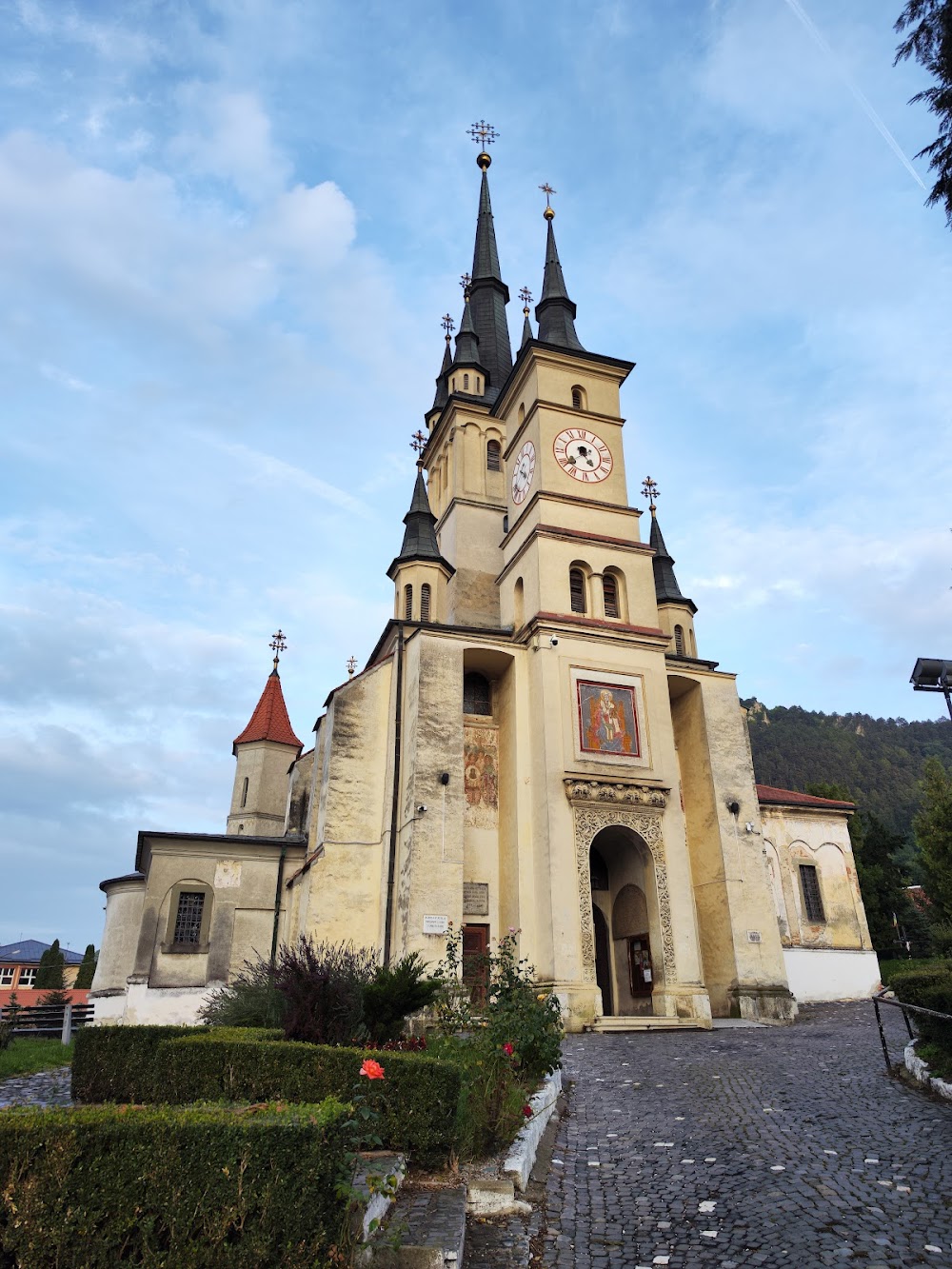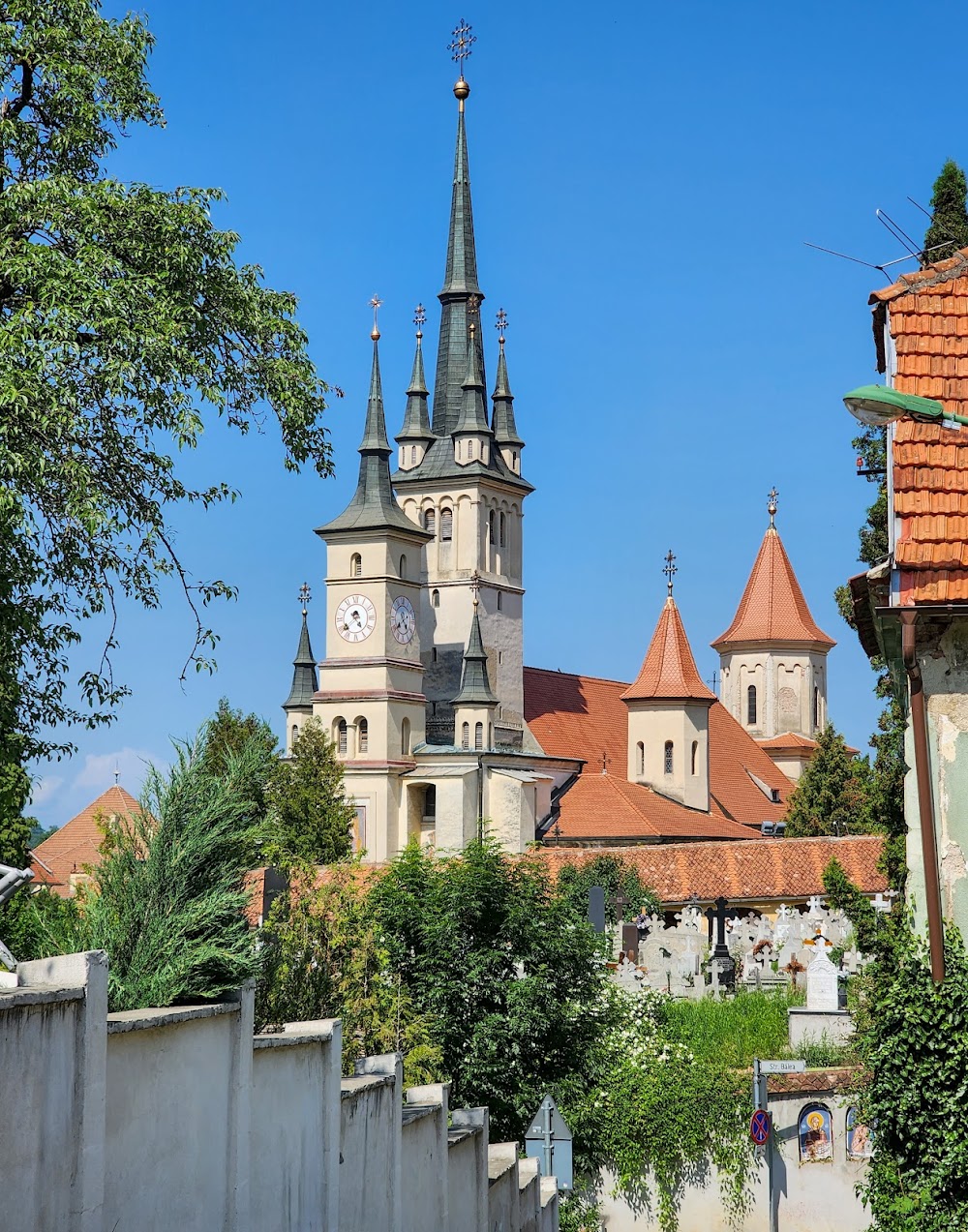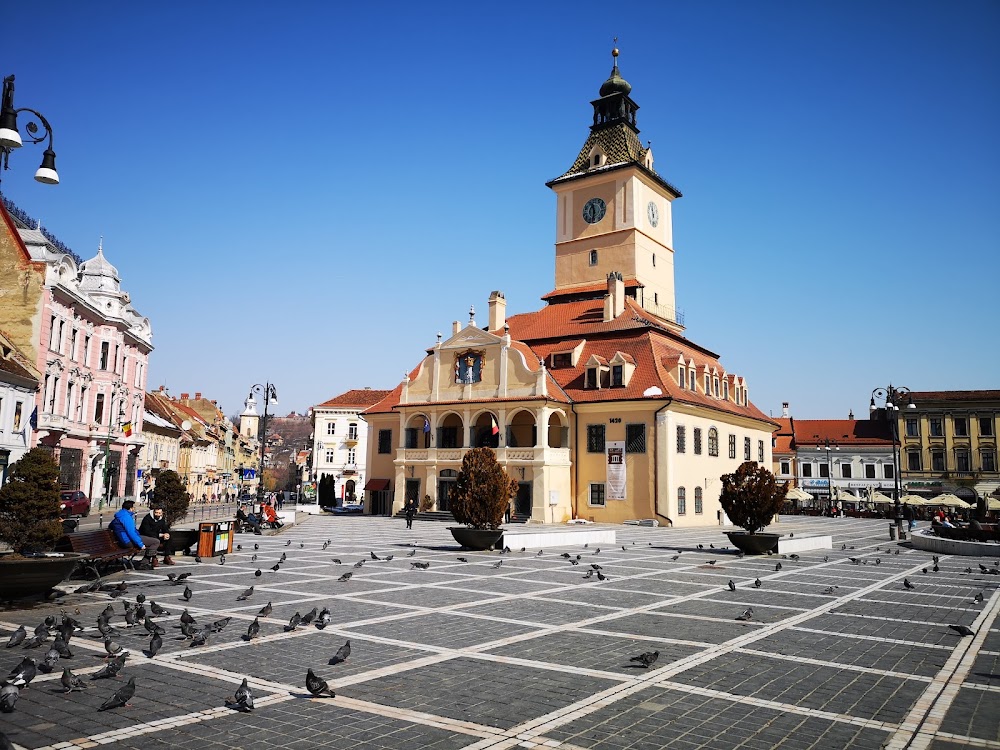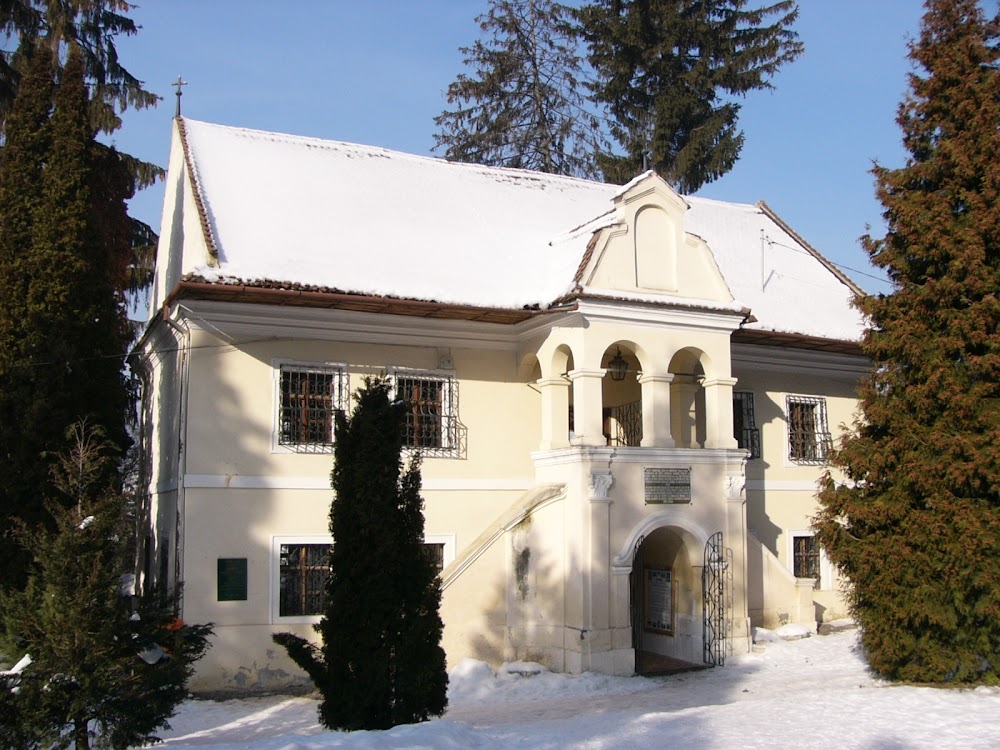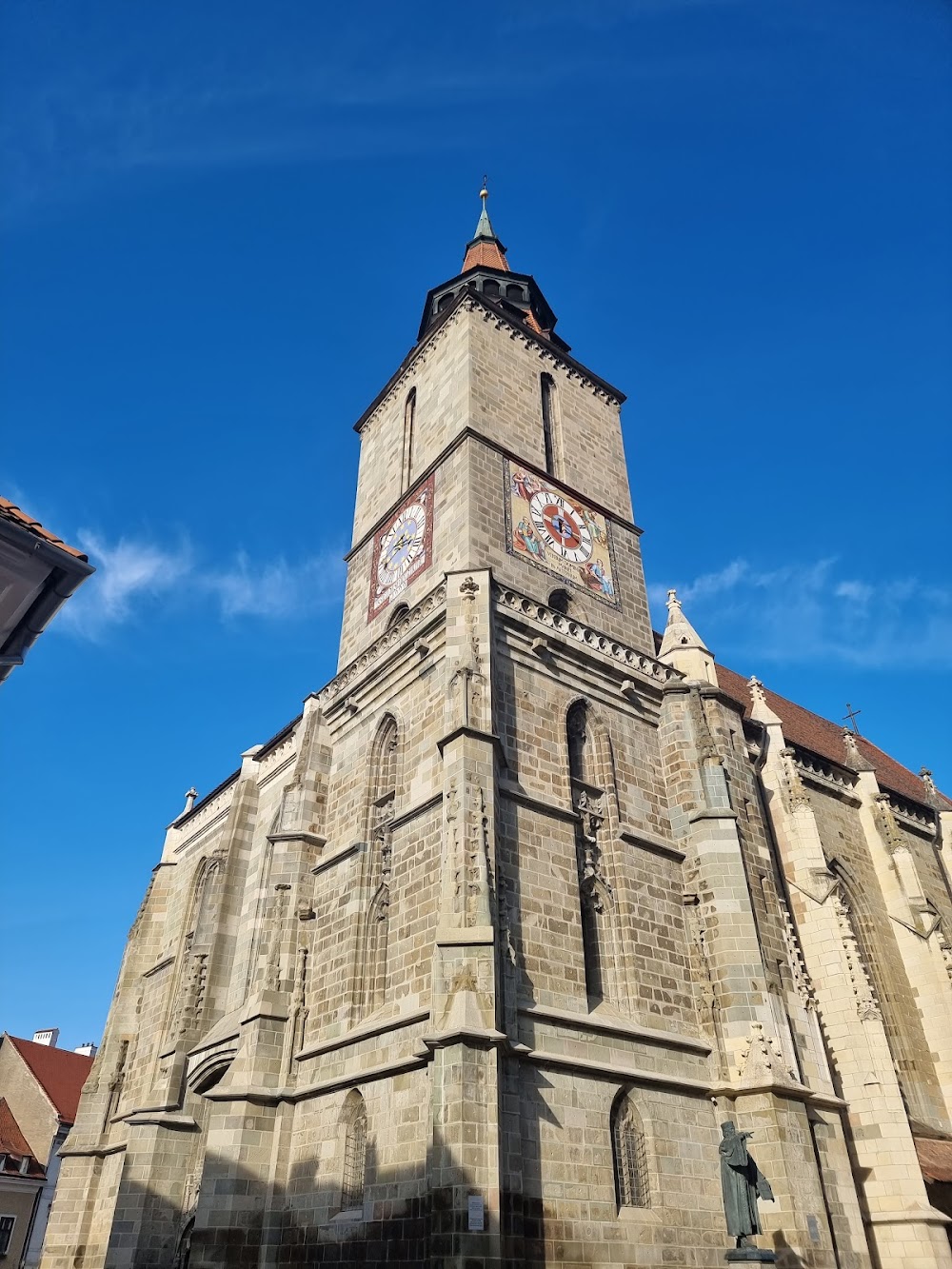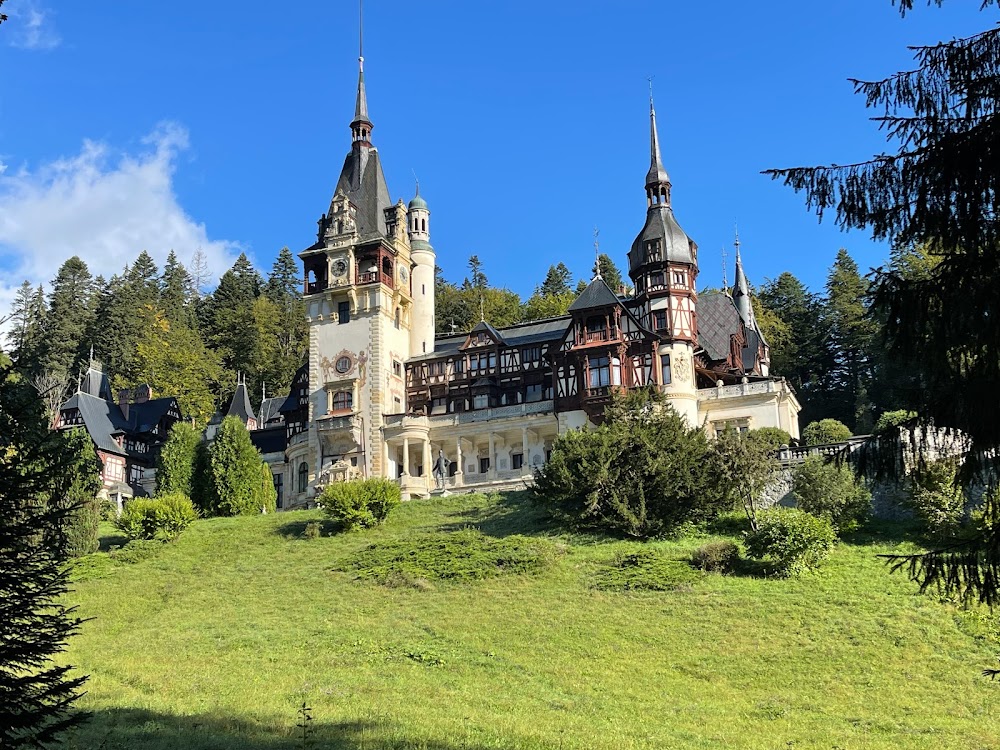Saint Nicholas Church (Biserica Sfântul Nicolae)
Overview
Saint Nicholas Church, or **Biserica Sfântul Nicolae**, stands as one of Brașov County's most iconic landmarks, nestled in the historic **Șcheii Brașovului** neighborhood of Brașov, Romania. This church is a testament to the region's rich cultural and religious heritage. Its story dates back to the late 13th century, specifically around 1292, when the Orthodox Romanian community decided to construct a wooden church on this site. The church's humble beginnings were deeply intertwined with the community's strong faith and commitment to their religious traditions.
As the centuries passed, the initial wooden structure underwent significant transformations. By the late 15th century, the community embarked on an ambitious project to build a stone church. Historical records indicate that local leaders and wealthy patrons supported these efforts, aiming to ensure the durability and grandeur of their place of worship. Between **1495 and 1506**, the wooden church was gradually replaced by the stunning Gothic-inspired stone structure that visitors admire today.
The architecture of Saint Nicholas Church is a striking blend of **Gothic and Baroque influences**. Its robust stone walls, elegant arches, and intricate frescoes depict both religious narratives and local saints. One of the church's most notable features is its towering steeple, which offers a breathtaking panoramic view of the surrounding area, inviting visitors to appreciate the beauty of both the church and its scenic backdrop.
A key aspect of the church’s charm is its enduring role as a **cultural hub**. Over the centuries, it has housed a school and a library, both vital in preserving the Romanian language and traditions amid various foreign dominations. This educational legacy began in the **16th century**, when church leaders recognized the importance of teaching their youth in Romanian, fostering a strong sense of national identity.
Saint Nicholas Church has undergone several restorations throughout its history. In the **18th century**, significant Baroque modifications were introduced, including a new roof and interior decorations. These renovations underscored the church's significance not just as a spiritual center, but also as an architectural gem. The interior was further enhanced with vibrant frescoes and religious icons, many created by renowned artists of the time.
In the **19th and 20th centuries**, the church continued to evolve, with various restoration projects aimed at preserving its architectural integrity while modernizing its facilities. Care was taken to maintain the church's historical essence, ensuring that each new generation could experience its rich legacy.
Today, Saint Nicholas Church remains a vital part of the community, serving not only as a place of worship but also as a **museum and cultural monument**. Visitors from around the globe come to admire its architectural beauty, historical significance, and the serene atmosphere that envelops the grounds. The adjacent **First Romanian School Museum** adds another layer of historical intrigue, offering insights into the education and culture of past centuries.
In summary, Saint Nicholas Church in Brașov is much more than an architectural marvel. It is a living symbol of the resilience and devotion of the Romanian people, a place where history and spirituality converge in celebration of cultural heritage. Each stone and fresco tells a story of faith, community, and the enduring power of tradition.


